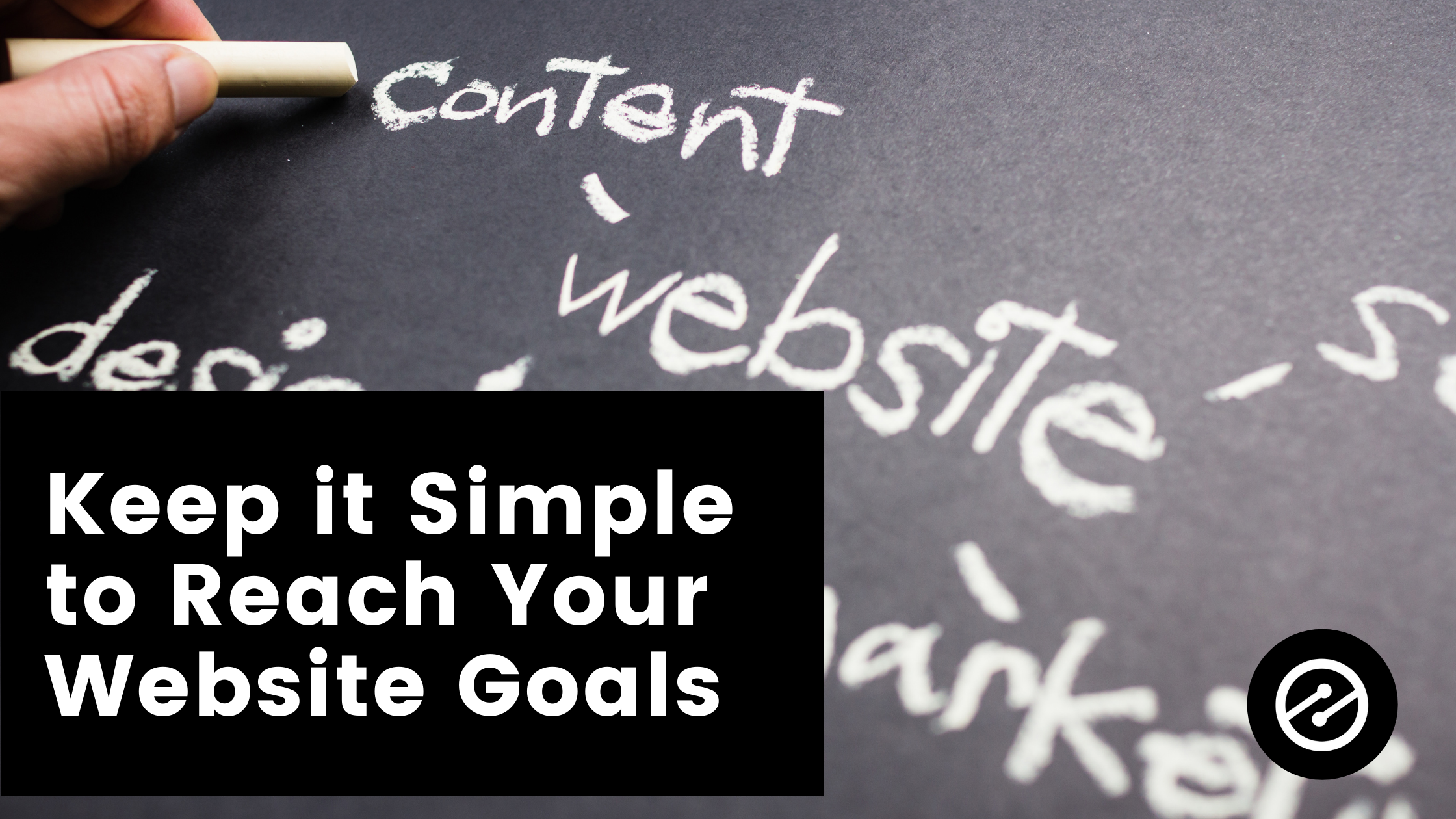It’s inevitable. Neophyte and expert publishers alike determine that the best way to achieve their revenue or traffic goals is to add more stuff to their Web pages. More widgets, more content, more graphics, more animations, even more embedded videos. The problem is, that’s rarely the best way to improve your site and user experience, which means it probably isn’t going to help you meet your traffic and revenue goals either.
There are a number of dimensions to this issue, but let’s start with speed.
Faster sites offer a more responsive user experience and rank better in search as a result. Add too much stuff and you’ll not only slow down your page, but you can also end up with compatibility problems too. It’s frustrating when you learn that a cool new widget isn’t compatible with WordPress 99.3 or has just been obsoleted by its developer.
More important than those technical issues, though, is the simple fact that users generally prefer a simple, clean, uncluttered experience. They don’t want to struggle and play “find the content,” they want the answer to their search front and center.
It’s All About Speed
Google used to assume that sites were going to be relatively slow and that if they had great content and were popular, that was good enough, they’d rank well. I know, I created my first websites back in that era and we didn’t pay any attention to load speed since we knew that the user’s connection was probably going to be slow anyway. 10 to 30 second page loads were pretty normal and in rare cases it might take a few minutes to get all those big images.
As internet connections improved, however, so did our expectations of snappy and responsive websites. With 1GB download speeds becoming more common, Google is reflecting user expectations when it wants your site to have “first paint” within just a second or two. First paint is the appearance of the very first visual item on your page.
Ideally, your page should be fully loaded in no more than 5 to 10 seconds, and faster is most definitely better. Although first paint speed is not a factor in your Core Web Vitals score, it does impact your overall page speed score. Your largest contentful paint (LCP), a related benchmark, definitely does impact your Core Web Vitals.
Ezoic can help you understand your site speed with its suite of page load tools like Leap, but it’s up to you to figure out what you really need on your pages. Within the Ezoic dashboard you can click on “speed” to find your LCP metric reports. It will show the render time of the largest image or text block visible within the viewport relative to when the page first started loading.
By comparison, your “first paint” is the elapsed time between when the page first starts loading and when something actually shows up on screen. Given that minimizing these numbers is critical for success nowadays, I’ll just reiterate that if you add more stuff on your pages, they will load more slowly, regardless of what kind of superfast host you’re utilizing.
Don’t Be Future Incompatible
Back in the dawn of the web, people really liked flashing text and even flames coming out of graphics. Okay, people didn’t actually like that <blink> tag, neophyte Website developers did. It was an alarmingly non-aesthetic time to be a Web surfer, for sure.
Look at your own website, though, and ask yourself what design elements and widgets are going to become dated and obsolete in a few years? “Anti-design?” No thanks. One page websites with complex, gradually loading graphics? Again, no thanks. Skipping mobile compatibility? Yikes.
The challenge is to anticipate what people will be using to explore the web in the future, and it’s more likely it’ll be a TV screen picture-in-picture, voice interaction system, or point-and-tap mobile device than a big 25-inch PC with a 4K monitor. If you want to be compatible with the next generation of the Web, then your pages really need to become clean and simple.
Simplify The User Experience
It’s lots of fun to add a new widget, weave in a recommended plug-in or redesign your site to take advantage of the latest trends in collage art, carousels of images, and other complex elements. I get it. I’ve done it myself on my AskDaveTaylor.com site over the years. And if one ad block can generate an earnings-per-mille (EPM) of $20, won’t two earn you $40 and four generate $80? Ahhh, if only it worked that way.
Let’s be candid here; users and site owners have conflicting goals. The majority of users would be delighted with no advertising, no sponsors, no banner ads, no links to other sites. Their greatest desire is to visit pages with just the content that they want to read, or the ‘buy now’ button on the product they desire to purchase and nothing else.
It’s worth realizing therefore that the best measure of your success is ultimately the happiness of your user community. Trust me on this, they want your Web pages to be clean, simple, and easy to navigate.
What’s the Solution?
As Horatio says in Hamlet, “There’s nothing new under the sun.” It’s true. Twenty years ago we web publishers were talking about the tricky balance between a revenue-oriented site and a content-focused site, and that discussion is just as relevant today.
Whether it’s videos, webpages, mobile apps or even banner ads bringing visitors into your sales funnel, simple is always better. Don’t confuse your visitor with too many choices, simplify your content so the only way they can move forward is the exact path you want.
Your pages will load faster, you’ll rank better, you’ll have happier visitors. What’s not to love about that?


